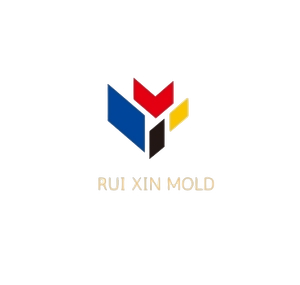5 Major Advantages of Using Plastic Injection Molding for Manufacturing Parts

Plastic injection molding is an incredibly versatile method for producing parts and products. It stands out as one of the preferred manufacturing techniques due to its numerous advantages over other plastic molding methods. Not only is plastic injection molding simpler and more reliable, but it is also highly efficient. Here are the top five advantages of using plastic injection molding for manufacturing parts and components.
- Detailed Features and Complex Geometry
One of the standout benefits of plastic injection molding is its ability to produce parts with detailed features and complex geometries. The injection molds are subjected to extremely high pressure, which forces the plastic into every nook and cranny of the mold. This high pressure allows for the inclusion of intricate details in the part design that would be difficult or expensive to achieve with other molding processes.
The ability to create complex shapes and detailed features makes plastic injection molding ideal for producing parts that require precision and intricacy. This is particularly beneficial for industries such as automotive, medical devices, and consumer electronics, where detailed and complex parts are often required.
- High Efficiency
Plastic injection molding is known for its high efficiency, especially once the molds have been designed to the customer’s specifications and the presses pre-programmed. The actual molding process is very quick compared to other methods, allowing for the production of a large number of parts from a single mold in a short amount of time.
The high production output rate makes plastic injection molding a cost-effective and efficient manufacturing method. Hot-runner ejection mold systems, in particular, produce parts with consistent quality and faster cycle times. However, it’s important to note that hot runners may not be suitable for all types of polymers, especially heat-sensitive ones.
- Enhanced Strength
Another significant advantage of plastic injection molding is the enhanced strength of the produced parts. During the molding process, fillers can be added to the plastic. These fillers reduce the density of the plastic while it is being molded and add greater strength to the final part. This is particularly useful in industries where parts need to be strong and durable.
The ability to enhance the strength of parts through the use of fillers gives plastic injection molding an edge over other molding processes. It allows manufacturers to produce parts that meet specific strength requirements without compromising on other properties.
- Ability to Use Multiple Plastic Types Simultaneously
Plastic injection molding offers the unique advantage of using multiple types of plastic simultaneously. This is achieved through a process known as co-injection molding. Co-injection molding allows manufacturers to combine different plastics, each with its own properties, into a single part. This flexibility eliminates the need to choose a single type of plastic and allows for the creation of parts with enhanced properties.
For example, a part can be made with a rigid plastic core and a flexible outer layer, combining the best properties of both materials. This capability is particularly beneficial for producing parts that require a combination of strength, flexibility, and other specific characteristics.
- Automation to Save Manufacturing Costs
Plastic injection molding is a highly automated process. Most of the injection molding process is performed by machines and robotics, which can be controlled and managed by a single operator. This high level of automation helps to reduce manufacturing costs by significantly lowering overheads.
Automation also ensures precision and accuracy in the production of injection molds. Computer-aided design (CAD) and computer-aided manufacturing (CAM) technologies allow for close tolerances during mold making, resulting in high-quality parts with minimal variation. The reduced labor force and increased efficiency translate to cost savings that can be passed on to customers.
The Bottom Line
Plastic injection molding offers numerous advantages for manufacturing parts and components. Its ability to produce detailed features and complex geometries, high efficiency, enhanced strength, flexibility in using multiple plastic types, and cost-saving automation make it a preferred choice for many industries.
Moreover, plastic injection molding is an environmentally friendly process. The scrap plastic generated during production can be reground and reused, resulting in minimal waste. This sustainability aspect, combined with the other advantages, makes plastic injection molding a highly efficient and effective manufacturing process.
By leveraging the benefits of plastic injection molding, manufacturers can produce high-quality parts quickly and cost-effectively, meeting the demands of modern production requirements and market needs.
:
